-
Posts
639 -
Joined
-
Last visited
Content Type
Events
Forums
Downloads
Quizzes
Gallery
Blogs
Posts posted by gobs
-
-
- Popular Post
- Popular Post
-
Nice one RW

I like the delicacy and the yellow-green monochrome touch ("camaïeu" in french but don't know how to translate in english...). The OOF is nice as well...
-
 1
1
-
-
Connection problem solved it seems...

Grain, sort of…
Part 2
Now a look at a center cropped area on these digital B&W pics at 100%…
First, crop of the B&W pic directly issued from the “converted to monochrome” only JPEG file:
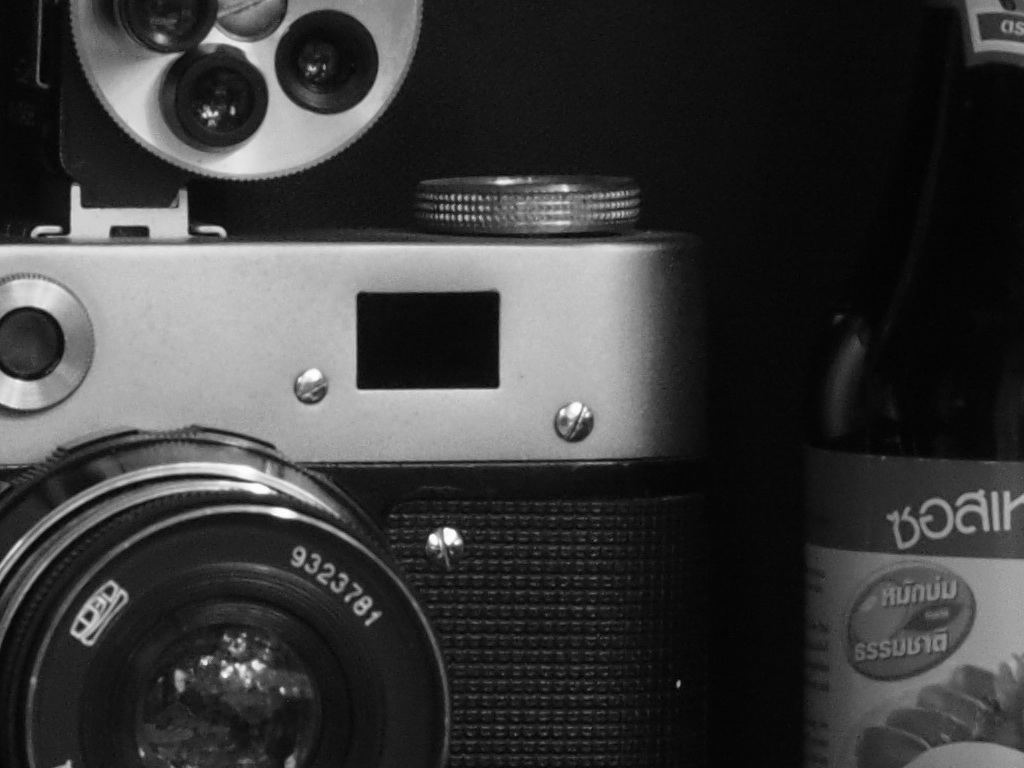
Second, crop from the B&W pic edited in Virtual Studio, Film 1, with a strong grain preset:
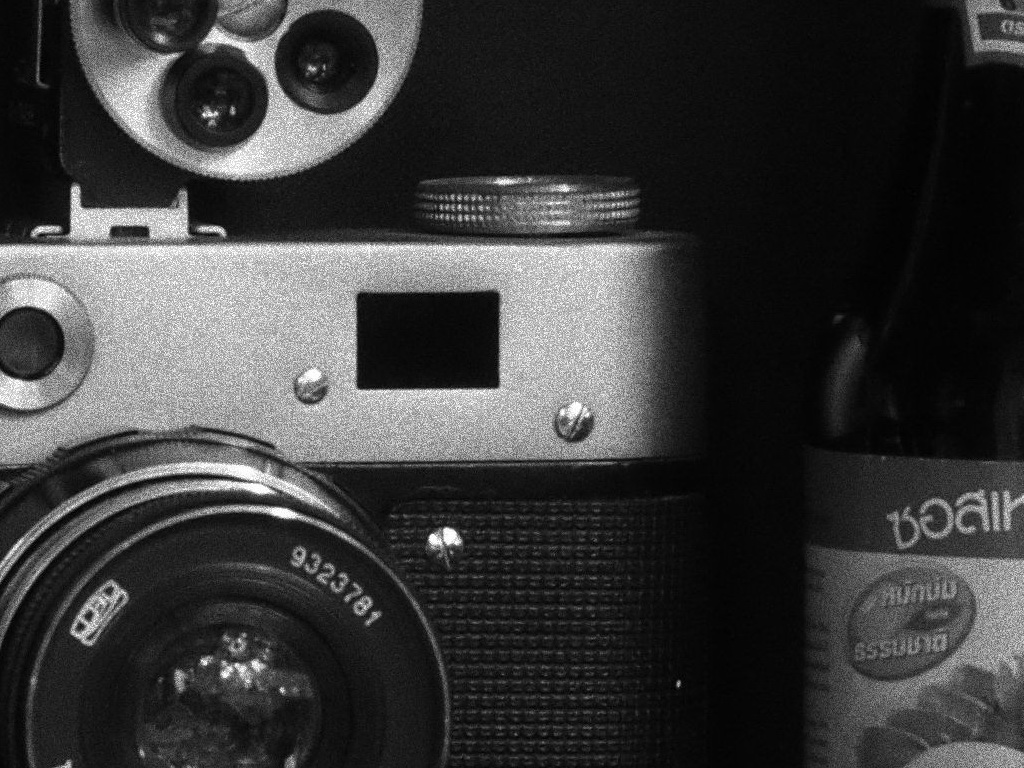
Third, crop from the B&W pic edited in Virtual Studio, Film 2, with a medium grain preset:
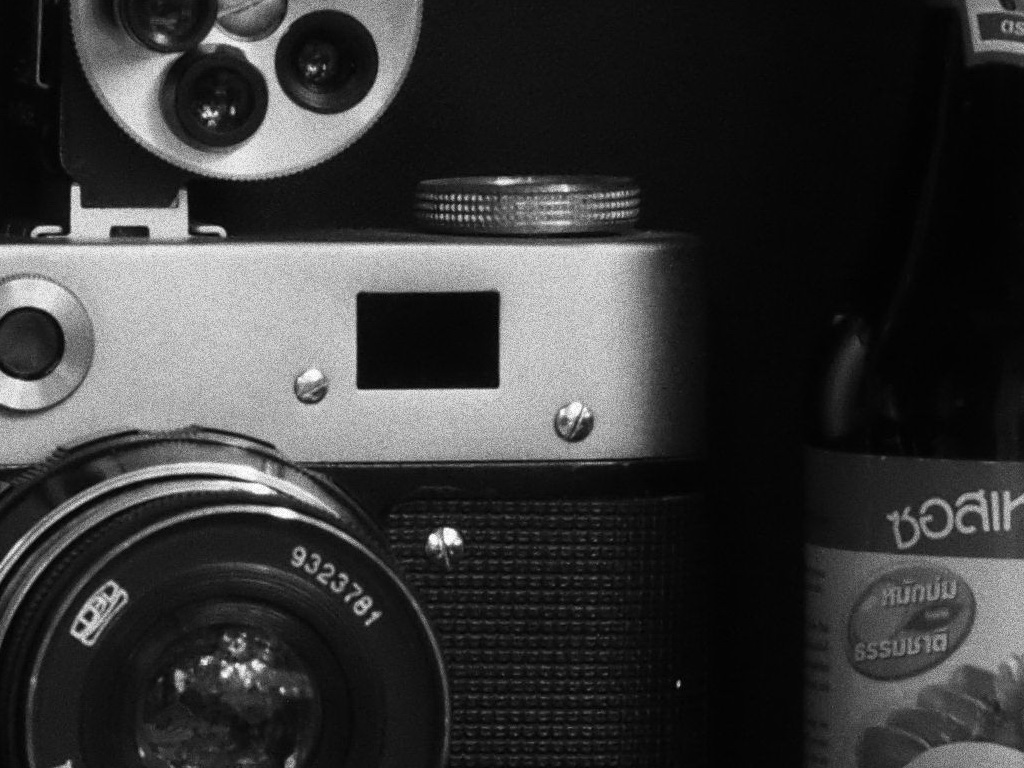

Here, one can notice the difference, between the 3 pics:
The first one, direct conversion with no added grain, is very sleek and “flat” (not a nice B&W rendition for me)*, meanwhile the second and third ones show more “substance/material” and more modeling, ie. the digital “grain” added.
At the end, I feel the “digital grain” rendition and distribution not so “wrong”, if used with wariness, compared to the real thing on film. Well IMHO of course and your taste may differ…
Out of curiousity I printed the three crops above on a average photo paper in my average Epson office printer and I must admit the results are rather surprising and pleasant though the paper has nothing to do with the wet print darkroom paper quality and its blacks rendition/deepness.
I guess if those above digitally grained crops were printed on a high grade photo paper through a photo enhanced printer, many friends hobbyist film photographers wouldn’t make any difference vs film.
And keep in mind the free Virtual Studio software is not a pro one. So imagine a pro one…
Oh! And as a note, and correct me if I’m wrong about the figures:
A 16 MP JPEG file (as above in Part 1) printed at 300 dpi resolution gives about a 12 x 16 (30cm x 40 cm) nice print.
A 12 x 16 (30cm x 40 cm) print from a half Full Frame sensor means a 17 times enlargement. So about the same enlargement as the crop shown in the post 9 in the center area of a wet print from TriX 400 ASA 135 film.
Now, look at the 3rd crop above with “medium digital grain” and compare… Nice film rendition, isn’t it?
For my part, I’m amazed by the B&W results I can get this way. Really, amazed, and I’ll give it more tries!
But I understand YMMV…

Cheers,
Ray
* I don't say here digital B&W is bad or ugly. I would say it's too good, too "clean", too "surgical" for me. It has something scientific in its rendition. Maybe is it because I come from B&W film...
Though, I do appreciate and do like to use digital color photography for its wide latitude to be distorted... or not.

-
Grain, sort of…
Part 1
By chance I found shootings close to the above, I made some weeks ago, in my archives, but shot with my digital Oly OMD instead of film. Same lens, the soviet Jupiter 8, but a bit different target and light though not so much.
So, to compare, I tried to get some results with the Virtual Studio film and grain editings, from the original Olympus RAW file converted to a JPEG file with no post-editing.
At first, the 16 MP color file as a whole that will be used as a base for all the following editings:
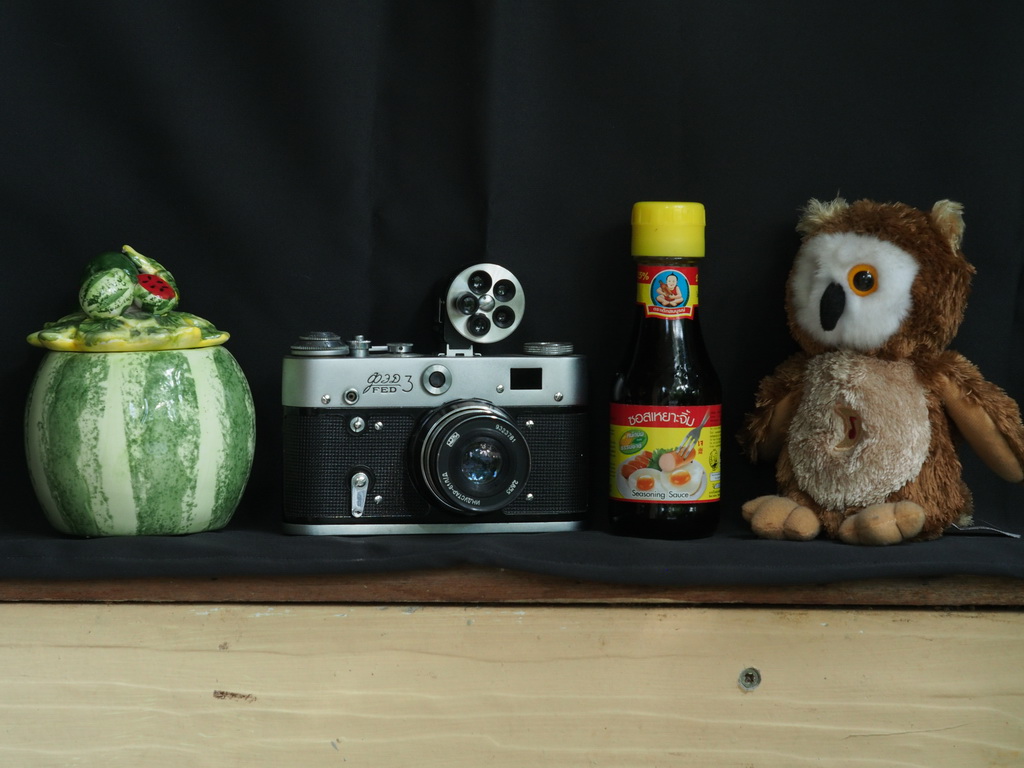
Second, the B&W derivated from the pic above with no alteration (I just pressed the “convert to monochrome” button, nothing more):
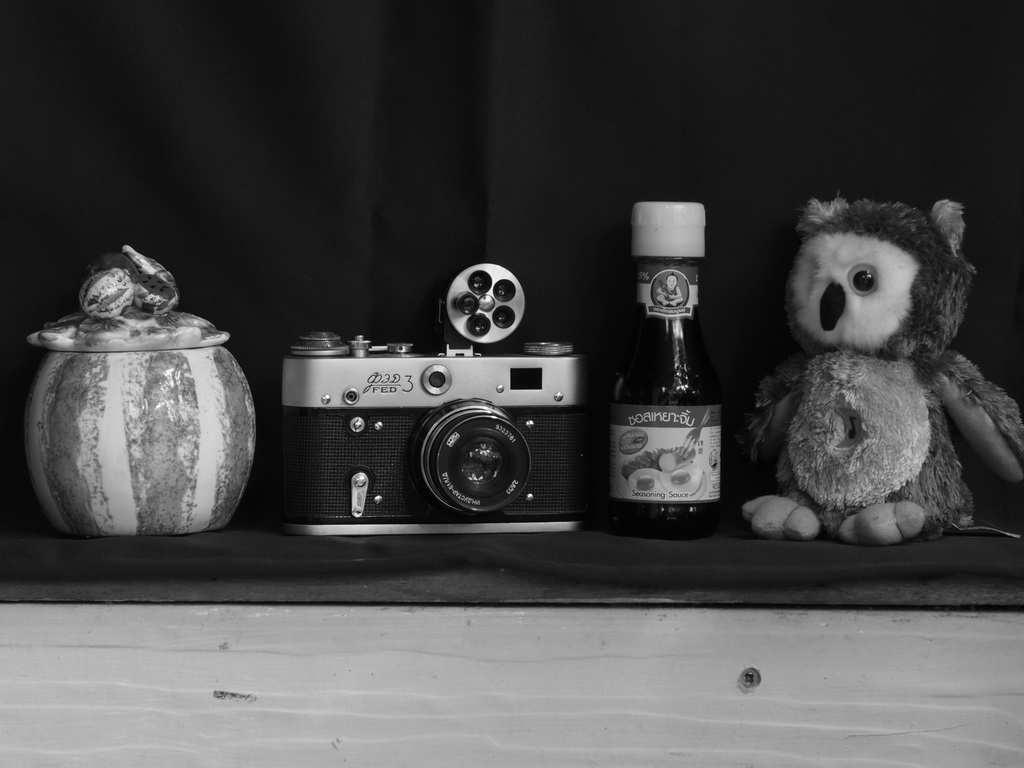
Third, the 16 MP original color JPEG file above edited with Virtual Studio for B&W, settings on: Film 1 current preset, Original style current preset (no filter), and added “grain” at a “strong” preset:

Fourth, the 16 MP original color JPEG file above edited with Virtual Studio for B&W, settings on: Film 2 current preset, Original style current preset (no filter), and added “grain” at a “medium” preset:
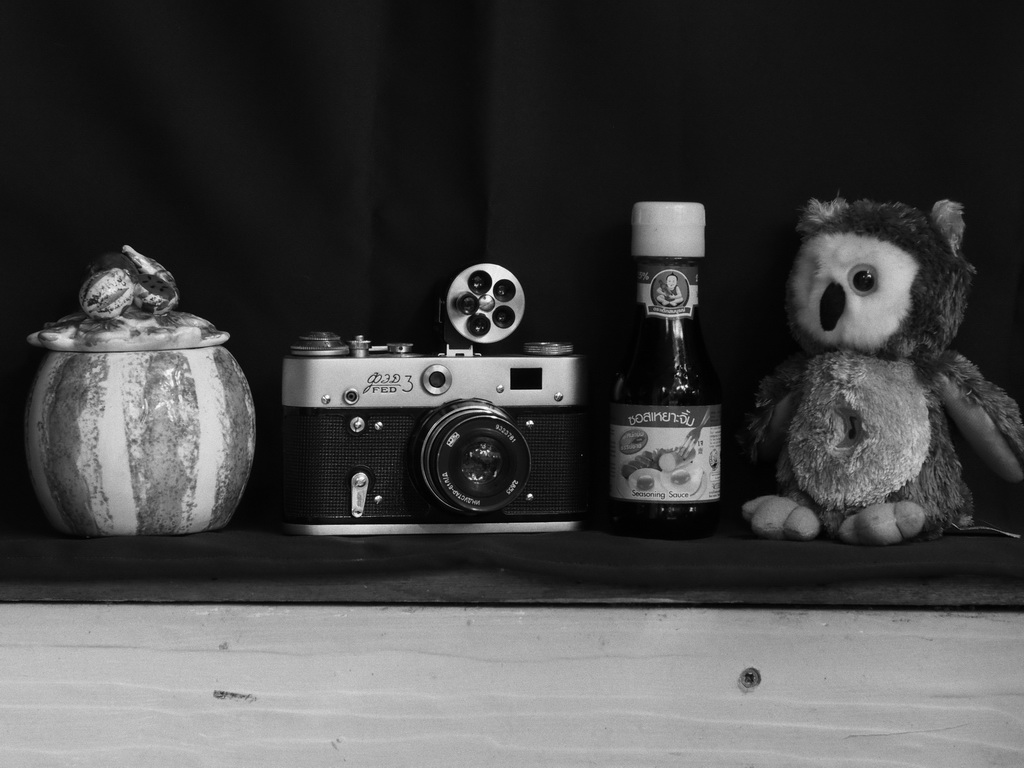
As it is and due to the pics size allowed on the forum, there are no hudge differences between the three B&W pics, a bit punchier/contrastier pic maybe on the 4th B&W Film 2 VS setting though. Everything being ajustable in Virtual Studio, it’s not a big deal here where we are more talking about fake film grain…
Though, is it because I did it or because I'm a B&W film fan, it seems to me the two last "grained" pics exhibit more presence and more volume into them.
Or maybe I'm just a full naive and simple guy

Well, no matter: crops to come in the following post…
-
11 hours ago, villagefarang said:
...
Like with every other hobby of mine, I prefer to learn by doing and I am often doing more than one thing at the same time. I am lucky in that I pick up most things easily but it probably takes me longer than someone who takes courses and I never become an expert or get really good at anything. I am not terribly goal oriented but I do enjoy the thrill of figuring something out by myself. My emotional response to a task is often more important than the results or the technical steps.
Bolds by myself...

If I may add:
I do like the way you "practice" your life, VF. And I'm very close to share your point of view...
Cheers,
Ray
-
 1
1
-
-

Thank you for your interest, Rythmnwork...
Though, I can't really judge the "TriX400" example you posted. Too many variables may impact the film rendition: light, exposure, lens and for sure the film and print processings.
I'm far from an expert but by my own experience, and apart the "grain" appearance, different films give first different global renditions on the whole picture.
Underexpose, overprocess or this or that a bit, and the film character changes...
BTW some years ago I made some B&W 400 ASA film tests to look at them a bit "deeper" if I may say...
So to give you an idea of the global rendition, here is the central part of a 12x16 (30cm x 40cm) scanned wet print from TriX400 film standard processed in Kodak D76 1+1 developer, then print at a standard contrast exposure in a standard Kodak D72 developer bath, well all standard in my book
 :
:
Then to show the "grain" structure a crop in the center of a 20x24 print (50cm x 60cm) of the same neg. This means the 24x36 neg wad enlarged 17 times:
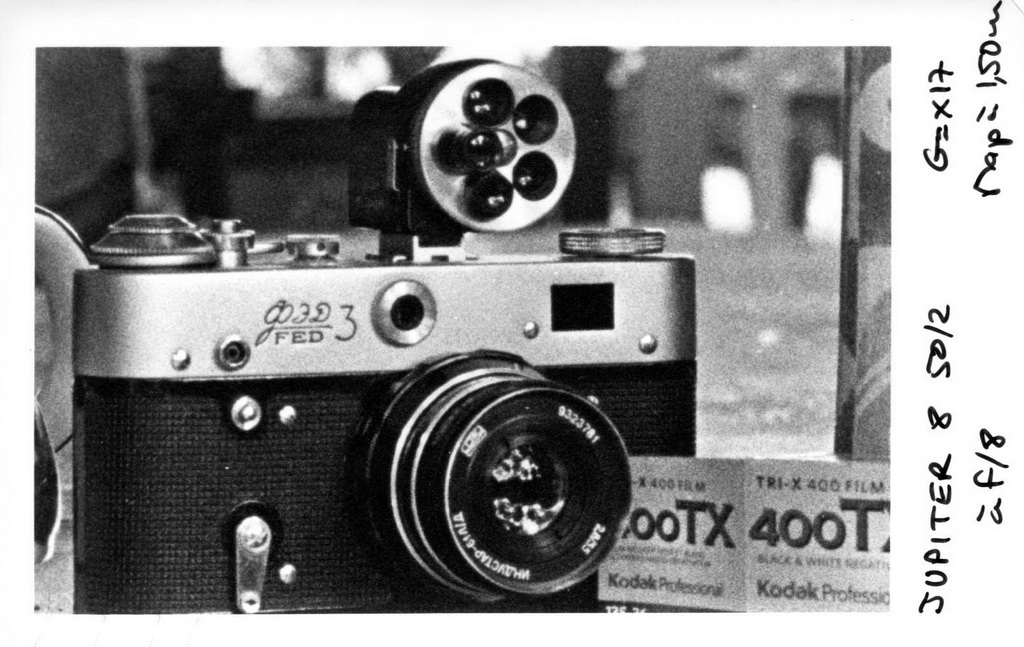
Ok it's not as obvious as on the pic in real flesh, though one can see/guess the "grain" appearing and its distribution.
Through my eyes the "grain" it's a nice feature on B&W films. It gives texture, substance and volume to the pic. As I'm not found of pure resolution, it's why I only shoot 400 ASA films: delicate "grain", good contrast and tons of grays if well processed.
As well as hudge exposure latitude... that helps sometimes

Thanks again...
Cheers,
Ray
-
href="
/monthly_2016_08/57b1f87db208b_PortraitInstant800asa.jpg.2c59903b328fb5ba8b633341781d6c75.jpg"> Virtual Studio
Part 6
To finish and for fun, 2 presets on a portrait pic…
Original JPEG file (no editing, no preset):
The same portrait with preset called “Fluttered” (slightly adjusted with "grain"):
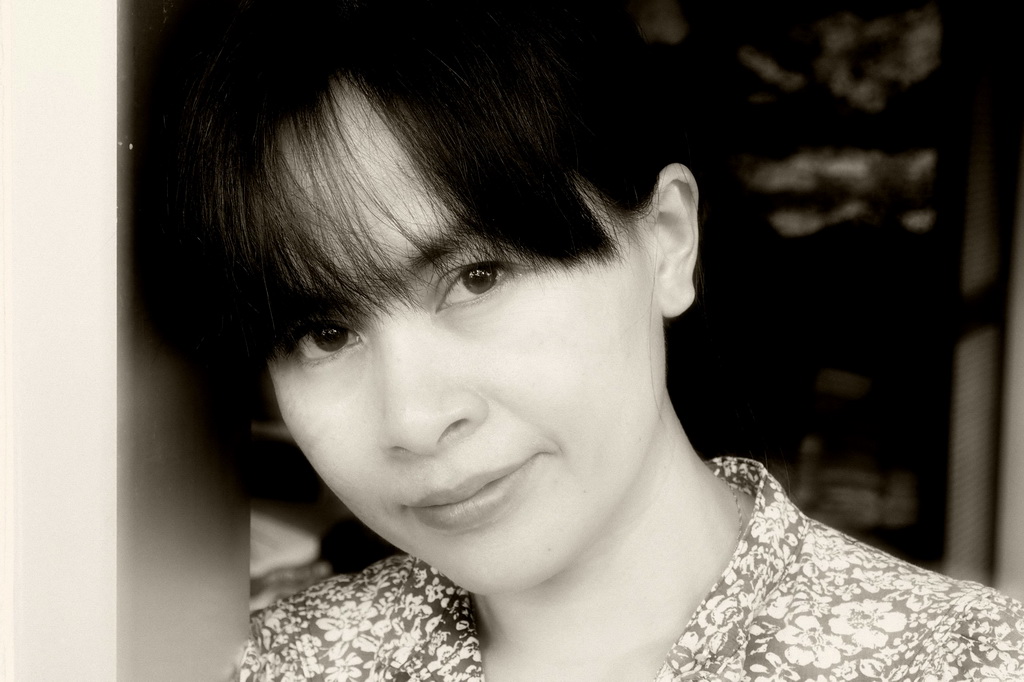
A preset called “Instant” (slightly adjusted):
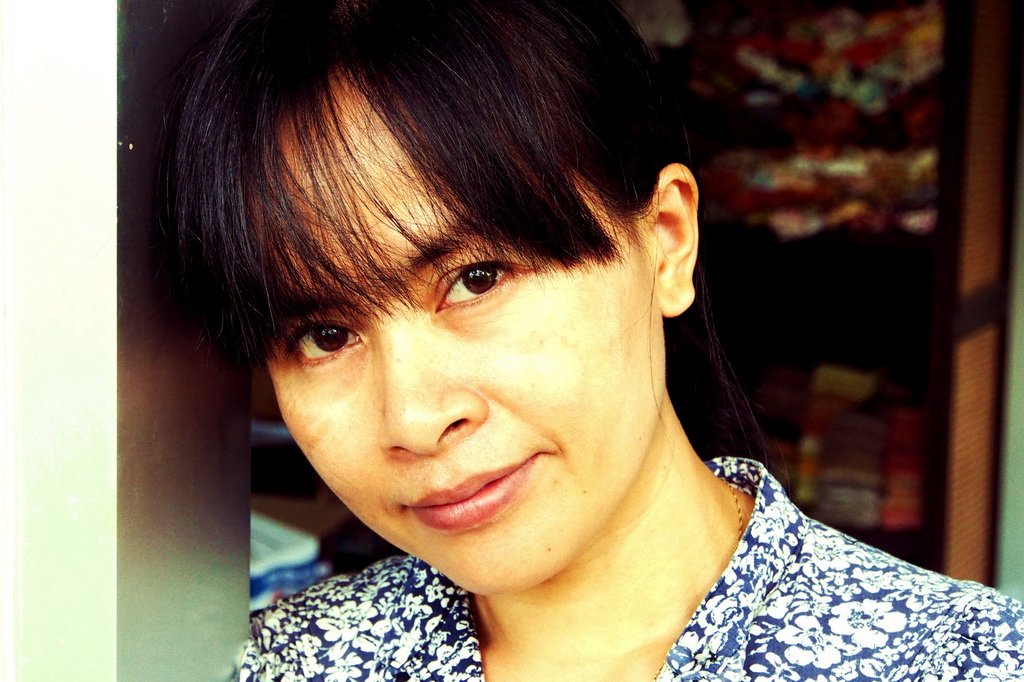
Funny, isn’t it?
There are dozens of presets we may chose (or not) from. For my taste, many are on the “too much” side, but to each one its own taste.
It has to be noticed this software is not intented to be a pro one. So, please, take it easy…

Cheers,
Ray
-
href="
/monthly_2016_08/57b1f6e625a01_CopyofMarchandeNB1600asa.jpg.b5f28cde9de72cef4cca8631626e42ae.jpg"> Virtual Studio
Part 5
Ending with B&W 1600 ASA with “automatic” grain:
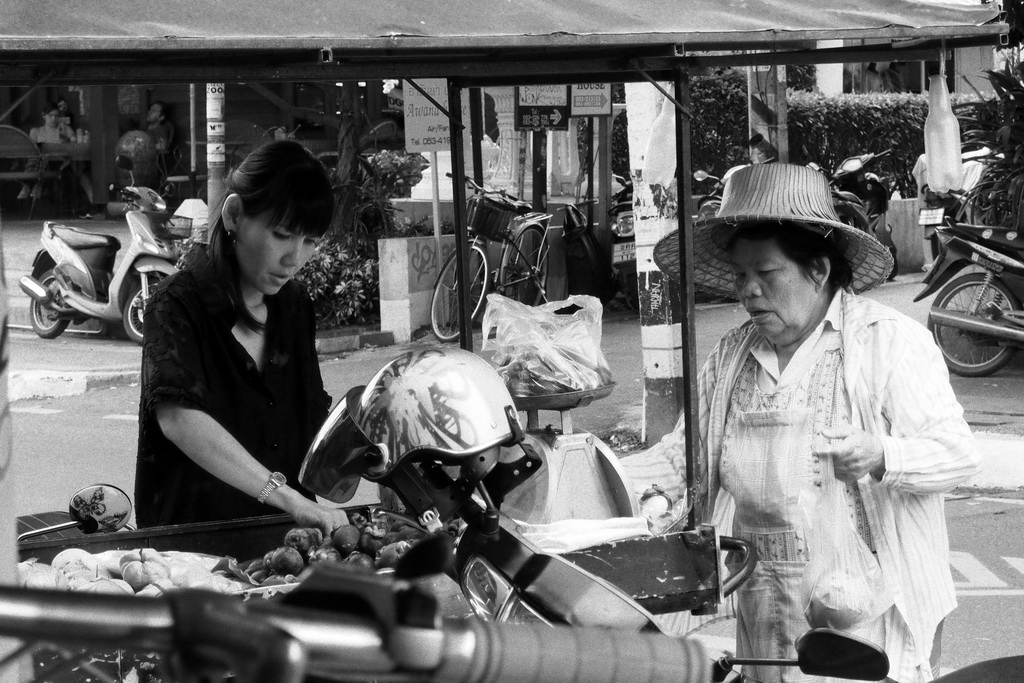
Crop as above:

Obviously the “grain” is not the real thing, and too much (1600 ASA) is really over and quite ugly. But I feel this “grain”, if used with “attention”, and its strength can be ajusted when editing, can give some “consistancy” to B&W digital pics, at least on my screen (I didn’t try to print).
And, and, and...
-
href="
/monthly_2016_08/57b1f61dd07ab_MarchandeNB400asaCrop.jpg.2956f6cdb631183a4d47d6c219777f5e.jpg"> Virtual Studio
Part 4
Now B&W 400 ASA slightly modified preset with “automatic” grain:

Same cropping:
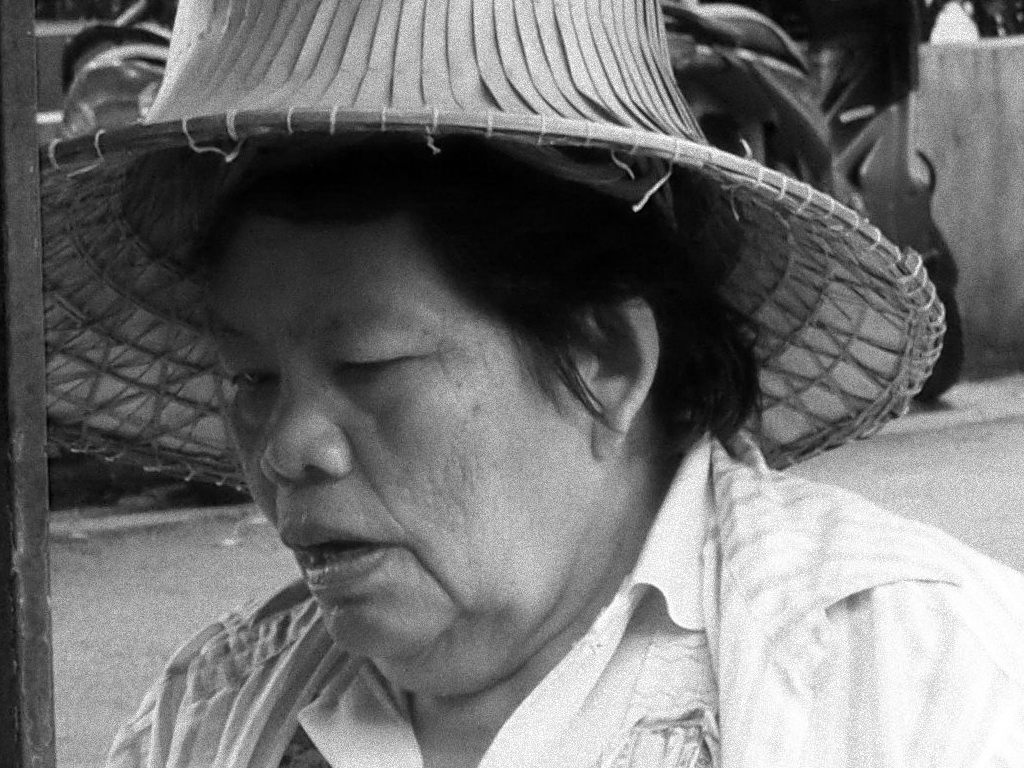
More to follow...
-
href="
/monthly_2016_08/57b1f56ed21fa_CopyofMarchandeNB100asa.jpg.81f7027bc6a96d3a415499fff1f77f74.jpg"> Virtual Studio
Part 3
Now some emulated B&W pics...
The same pic on a B&W 100 ASA preset I ajusted a bit myself with added “automatic” grain:
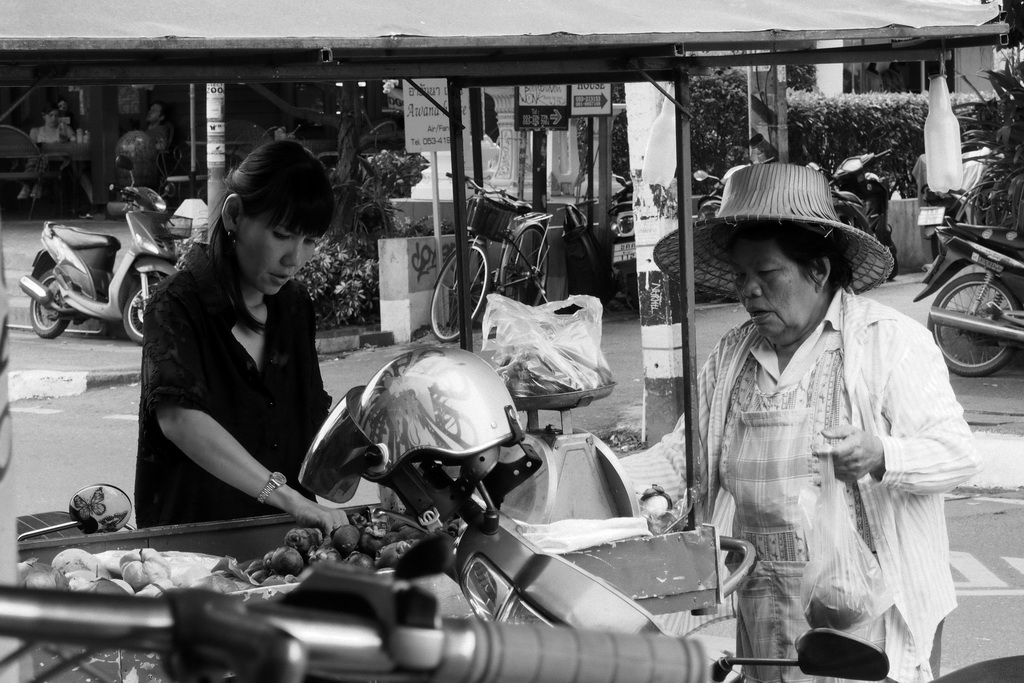
Crop at 100%:

More to follow...
-
href="
/monthly_2016_08/57b1f44d41c9d_CopyofMarchandeSlideWarm100asa.jpg.557b36fbec44cf5e374a0c6962ca6c04.jpg"> Virtual Studio
Part 2
The same pic on a slide preset I ajusted myself to my taste:
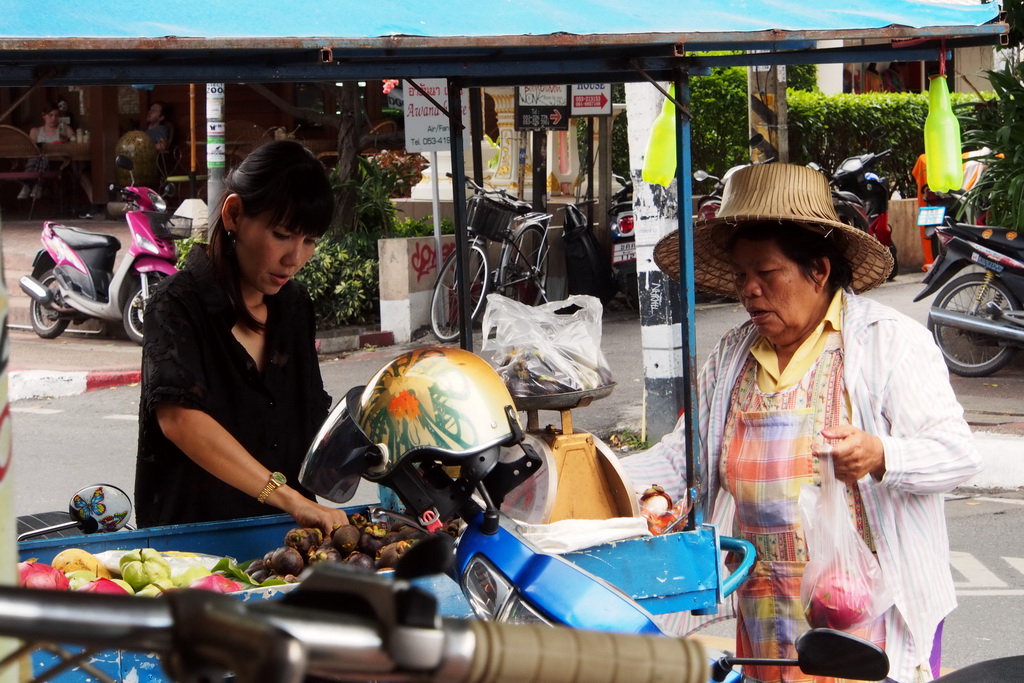
Crop at 100%:
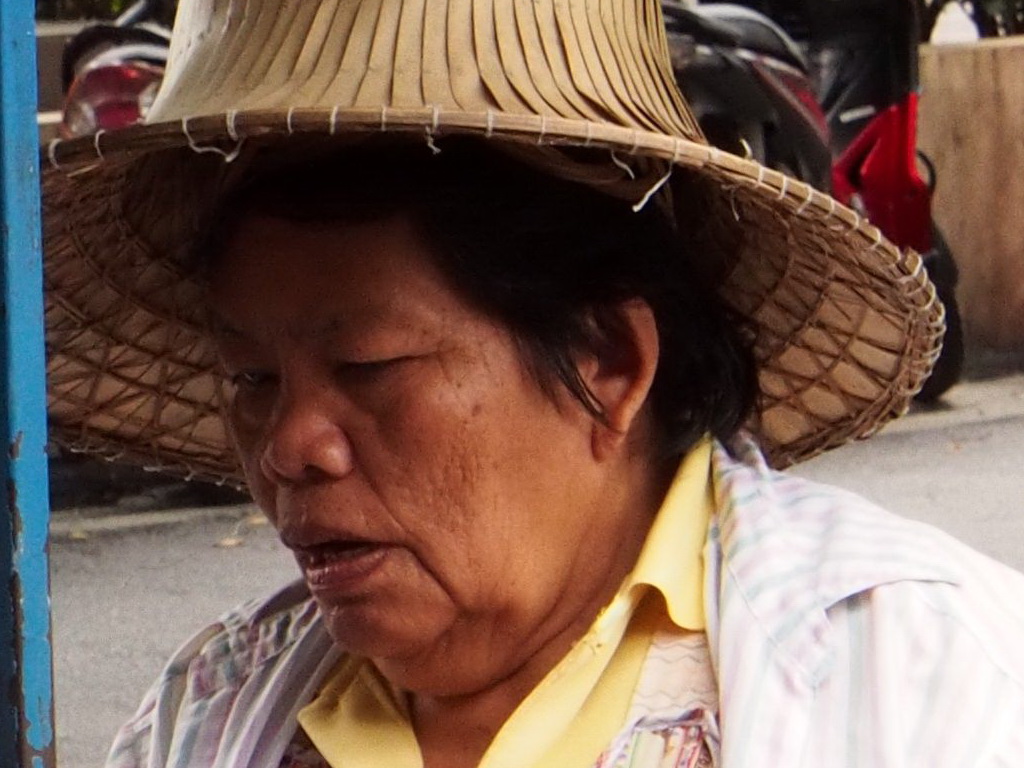
More to follow...
-
Virtual Studio
Part 1
Browsing the Internet for B&W “grain”, I found this little free standalone editing software here:
http://www.optikvervelabs.com/virtualstudio.asp
It’s called Virtual Studio and is very fast to download and install. Maybe you know it already, in this case you may skip the following posts…

Many usual tweakings are available, but also many presets and/or you can “emulate” by yourself B&W and color films and slides (but not mominally). It may add “grain” (a sort of…) as well, up to your taste. No HDR though, but hey!..
You can chose not to use the presets and do your own cooking…
It’s a funny little thing and easy to use. It works great on JPEG files and though it’s said to work for “some” RAW files, it doesn’t open my Olympus RAW ones…
Ok, let me show you a bit…
Here is a casual JPEG street pic as it comes from RAW with no post editing.
Full pic:
Crop at 100%:
More to follow...
-
17 hours ago, Ron19 said:
Can you have a look at those images again please and let me know how you get on.
Hi Ron,
I'm happy to let you know everything is back to normal for me

I can see all here and uploading from my PC is back to working as expected now...
Thanks for your commitments, Ron and Jimmy!
Cheers,
Ray
-
href="
/monthly_2016_08/57adf5983800f_Summicronat2.JPG.0900617495c921342e063535edcd2e3f.JPG"> Leitz Summicron Rigid M 50 f/2
At f/2:
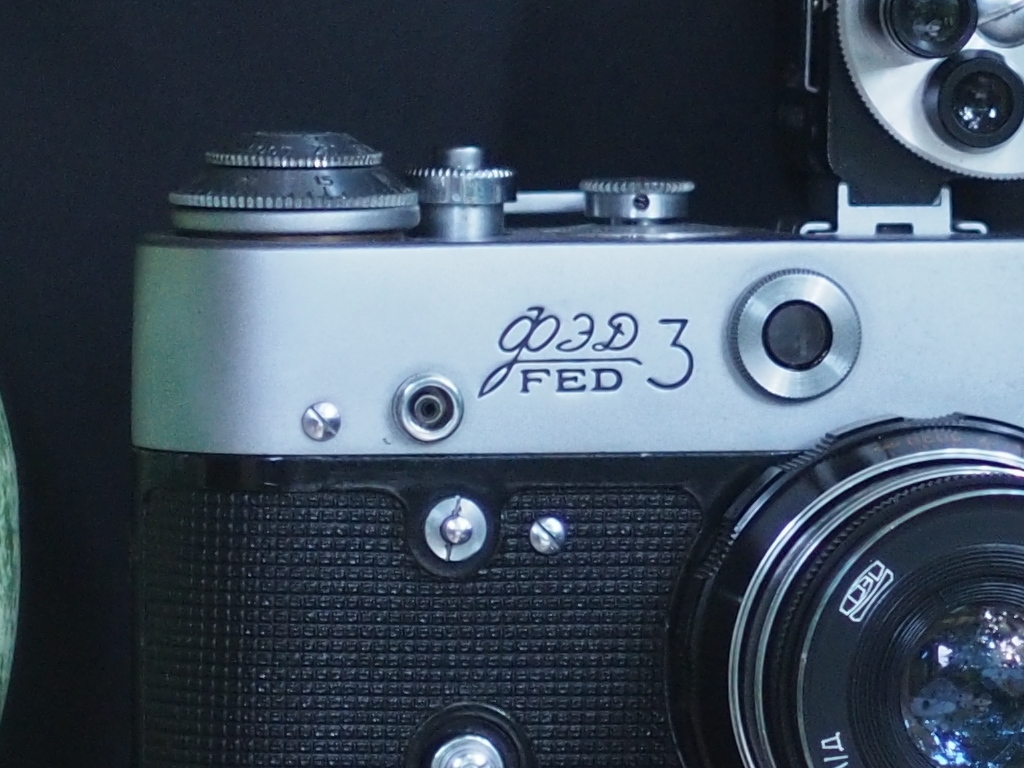
At f/8:
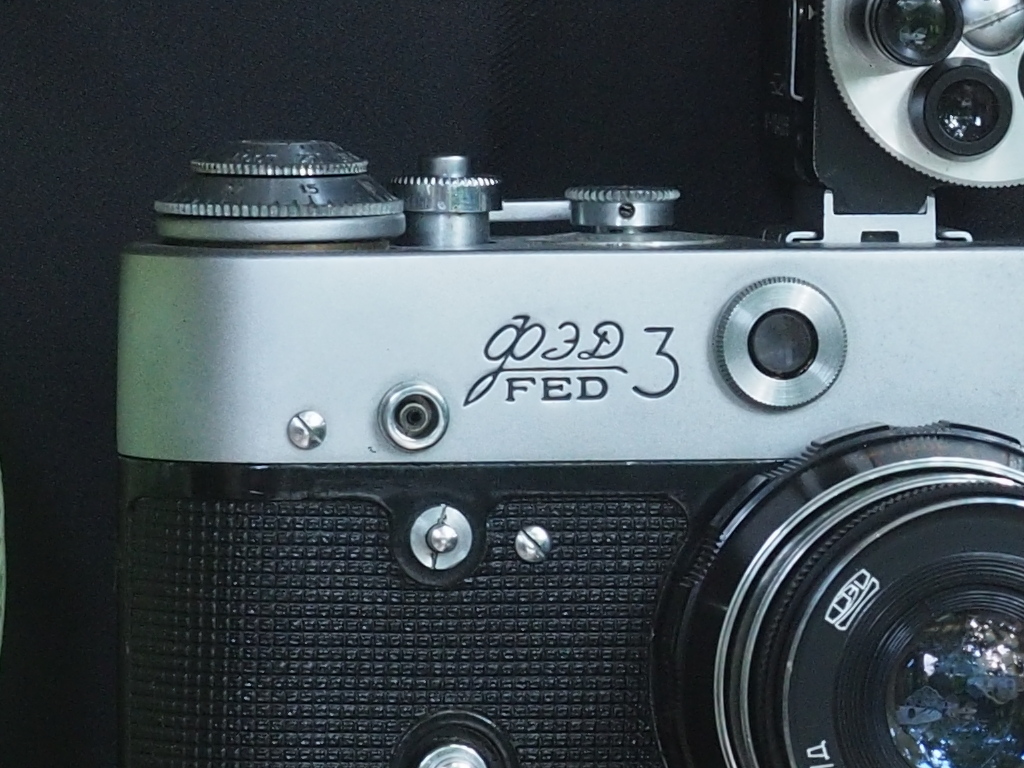
Casual pic at f/2:
A great, great lens at all apertures for those who like THE "vintage" look. In B&W grays are somptuous but with moderate contrast. Digital colors as well are a bit "toned down".
This lens shows some softness and glow when full open, but OOF backgrounds are superb.
In my opinion, one of the best legacy lens for vintage B&W or color rendition…
I get the same feeling in digital color as in B&W film: smooth and precise lens. I do love this 60 year old glass. One of my “best” lenses with its old companion (60 year old too!) my Elmar 90 f/4.
IMHO a bit pricey though if just to play with around on a digital body...
-
href="
/monthly_2016_08/57adf1ceaed8d_PentaxsmcPortraitat2.8Crop.jpg.494c0a92815320ad6d254a81e83d2ab7.jpg"> Asahi Pentax SMC M 50 f/1.7
Part 2
I love my copy of this lens for its character especially for portraits when full open. It’s a dream lens: it gives a glow that smoothens and enlightens skin and traits when on a dark background. This characteristic doesn’t show so strongly when the background is clearer.
And from f/2.8 and over sharpness and contrast are amazing…
Yes, I love it for B&W film pics and digital color pics now as well…
Look!
Portrait of my favorite model
 at f/1.7:
at f/1.7:Same portrait at f/2.8:
Crop at f/1.7:

Crop at f/2.8:
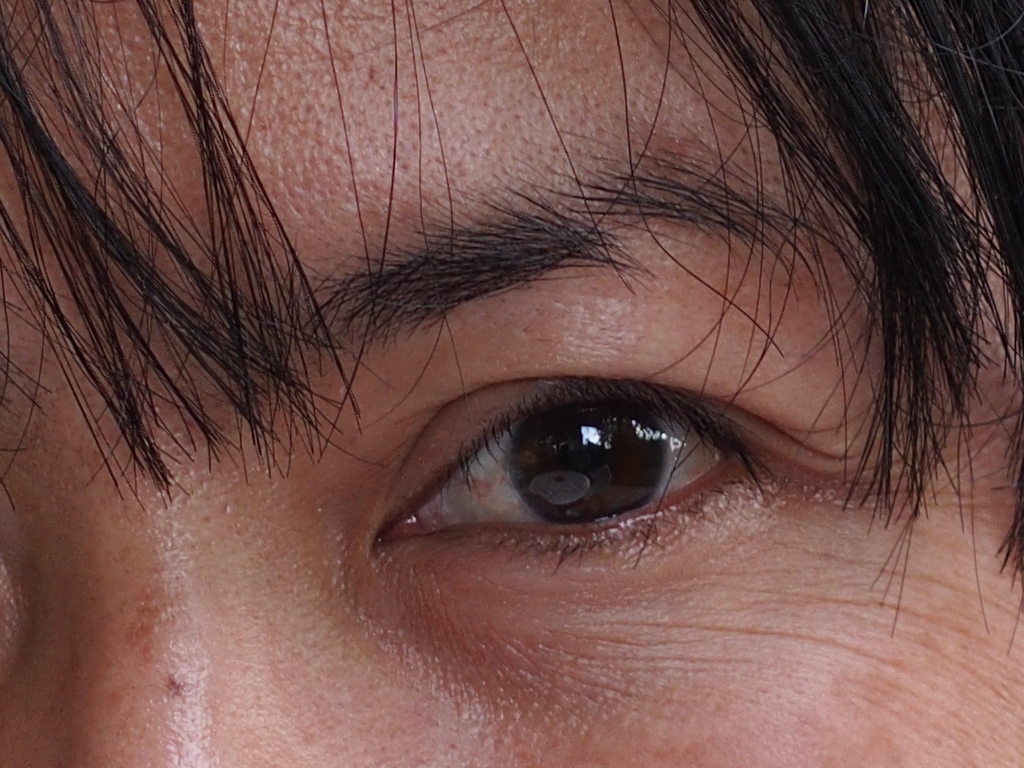
You see?
While “charming” at f/1.7, this same lens is darn “descriptive” from f/2.8 and beyond.
Not a modern “today” lens, isn’t it?
PS: thanks a lot to my favorite model for her patience and kindness...

-
href="
/monthly_2016_08/57adeebf69466_Pentaxsmc501.7at8.jpg.c5fd1bc75584920a9d2b6827e6766192.jpg"> Asahi Pentax SMC M 50 f/1.7
Part 1
At f/1.7: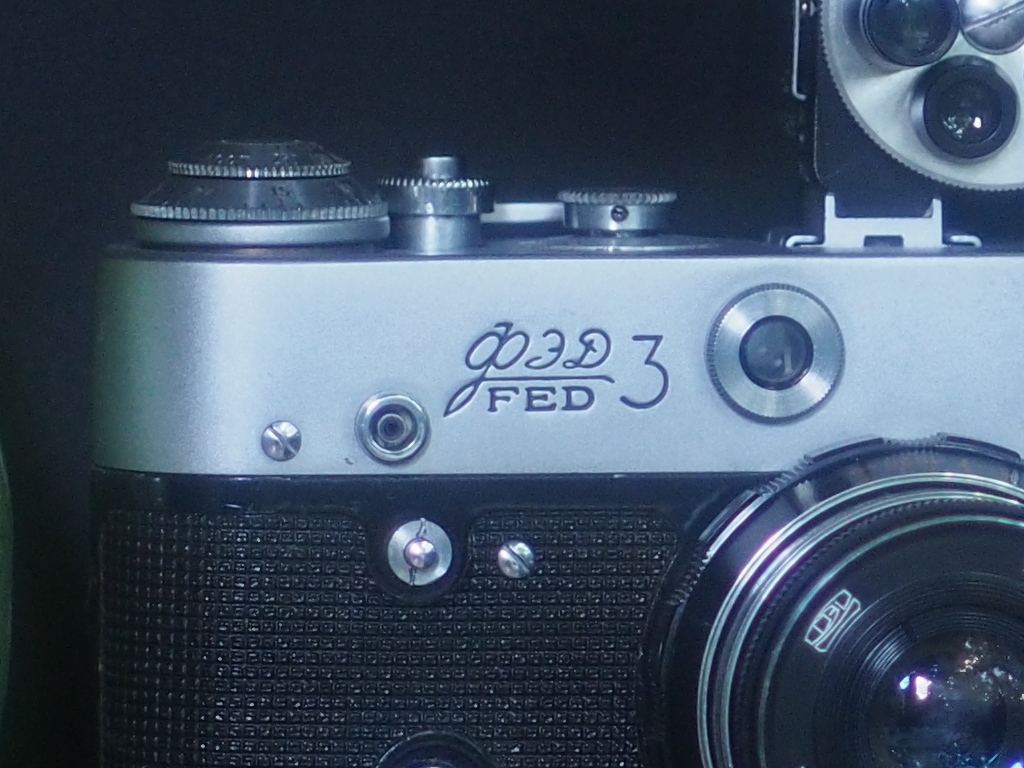
At f/8:
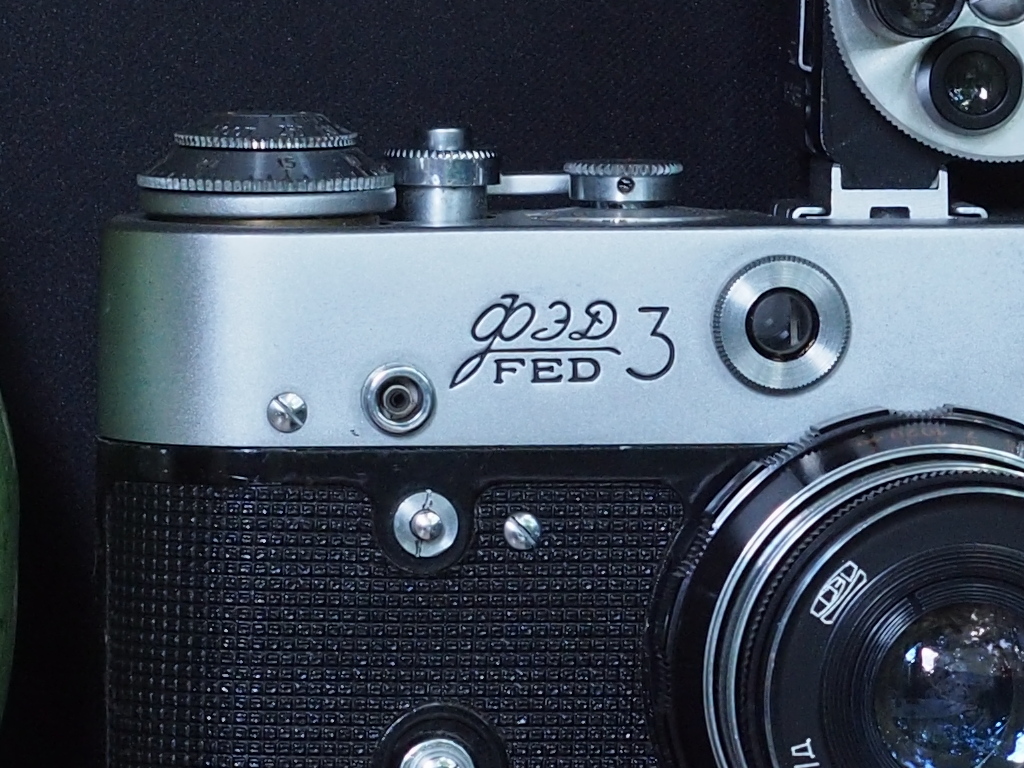
A bright glow and a low contrast can be noticed when the lens is full open on a dark background. Closed at f/2 the glow vanished and once at f/2.8 it fully disappears giving a sharp and contasty image.
I don’t know from where that comes. My copy is clear and in perfect condition/order: no haze, no dust, nothing. I suspect (but don’t really know!) some internal reflections happen when the blades are full open (?)…
More about this lens in the following post... -
href="
/monthly_2016_08/57adeb878ef29_PentaxM282.8108.JPG.5d210867a570b156f676dc8f5eb71438.JPG"> Asahi Pentax SMC M 28mm f/2.8
At f/2.8:

At f/8:
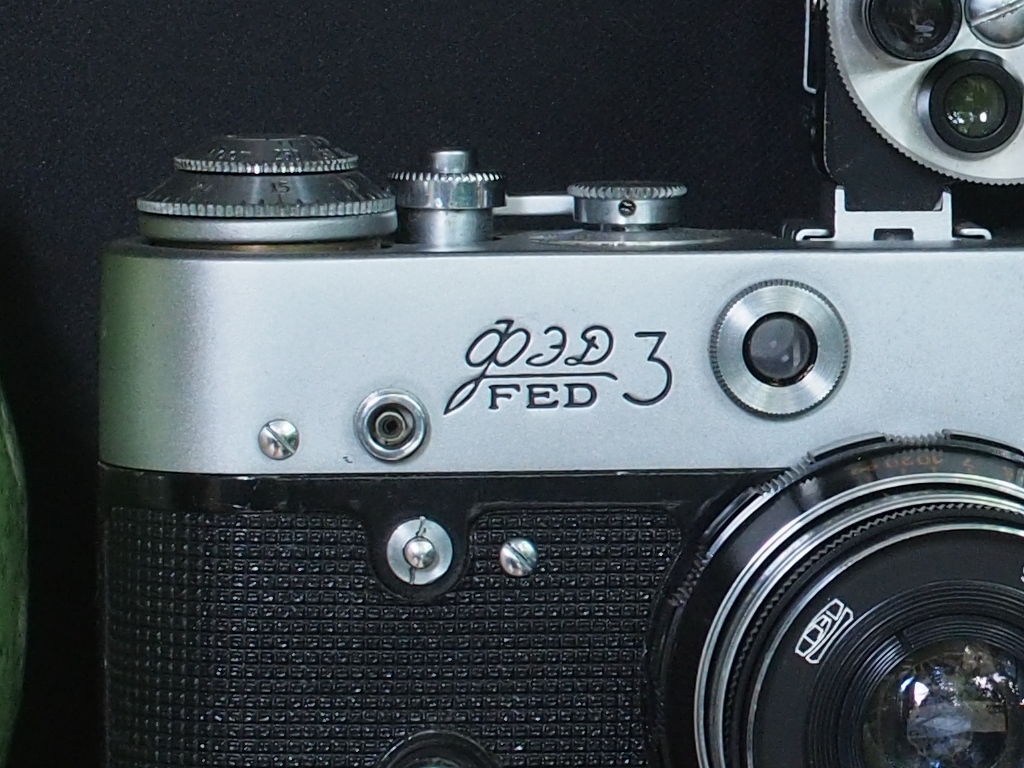
I am surprised with the "cold" feeling when lens is full open. Near a blue/purple fringing on all my pics with all lenses full open. In real life, nothing appears...
If someone has some knowledge about this phenomenon, I'll greatly appreciate...
Casual pic at f/2.8:
A very good all around lens, “near” normal for MFT format, easy to manually focus. A bit slow though through modern standards.
DOF is hudge, so it’s easy to use with a digital body as a street photography lens for example. On 135 film (equ. FF) at f/8 the focus is right from 1.50 meter to infinity…
Next...
-
href="
/monthly_2016_08/57ade97e58e34_Helos44fullat8.jpg.66135e076484047f97e50249899726e0.jpg"> 
I’ve got some time to play with some of my “vintage” lenses.
Nothing serious or scientific here, but as I know them only through B&W film photography, I was curious to get their “feelings” rendered through a color digital body (my Oly OMD E-M5, a MFT camera).
A tripod, different adapters and the camera set to fixed settings where put in front of a “home made” target arranged in a bright but diffused light area.
I managed to fullfill the screen frame width with my target, so I moved forward/backward the camera depending on focal lenghts. Raw images were recorded and changed to jpeg on my PC with no post editing at all. I shoot once wide open and once at f/8 for all the lenses, so at their –supposed- worst and best apertures…
As well I shoot the same target with my Zuiko 12-50 kit zoom lens to get an idea of how it compares…
Here is my target as I could see it on the screen for each lens:
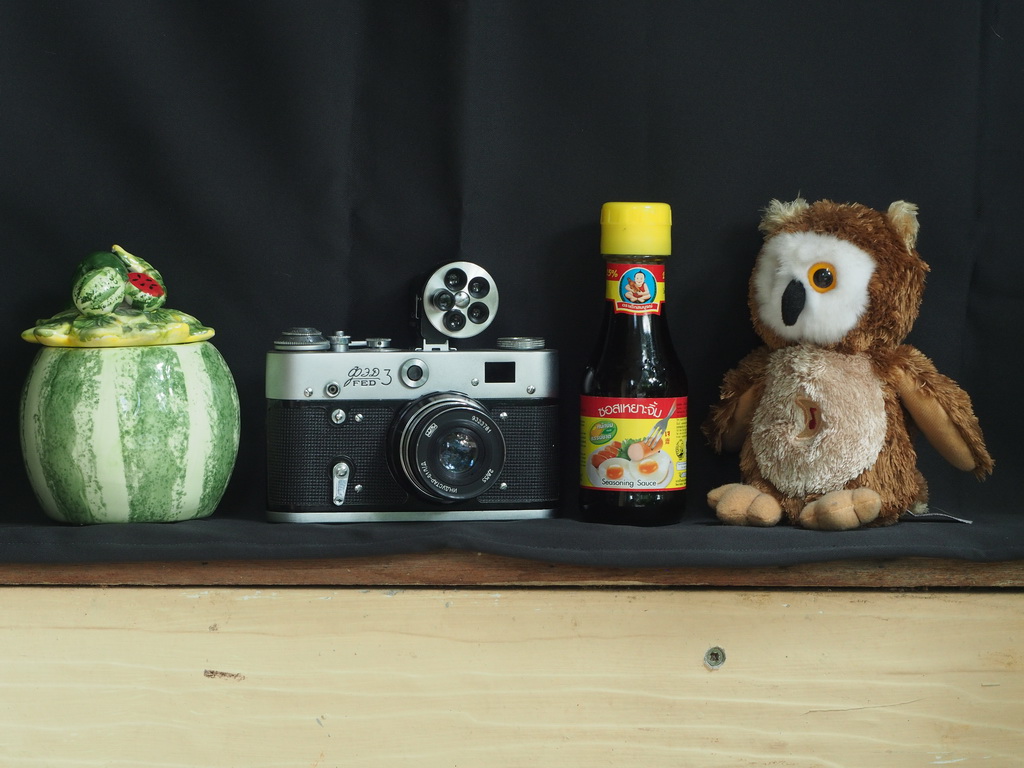
In the following posts I’ll only show a crop at 100% from RAW to jpeg in the center area of the target, lens full open and then lens closed at f/8, followed by a casual pic with the said lens when one available and maybe some personnal comments…
Ok? So let's go! -
Good area for a ghost movie, AT!

-

Wanted to post a new message with pics in another thread to no avail...
"Uploading impossible" they said... for some reason I expect...
A lot of fun here!

-
Windows XP + Firefox on my PC.
Can see all, except your posts 136 + 137.
But can see all on my Samsung...

-
Hi SN,
Maybe not of a great help but...
I have no idea about the Canon P900, and I'm new to digital photography (but "old" to film photography
 ). And if I'm not wrong the Canon P900 brand new is about US$500 (from Amazon)...
). And if I'm not wrong the Canon P900 brand new is about US$500 (from Amazon)...
Why don't you search for a nice and good second hand camera? After 3 or 4 years, digital cameras tend to depreciate a lot, and for much less than US$500 you may get a real gem.
Perfomances wise, they are still up to date, though less "refined" if I may say.
Many for sale around, up to your taste...
For example, 2 months ago I was able to get a 3 year old Olympus OMD E-M5 with its 12-50 Zuiko lens kit (mint full kit and accessories in original box) for 13000 Bahts in AV-Camera in BKK (about US$370 today).
(I don't say here you have to go Olympus. I'm not this kind of guy and many brands are excellent. Just an example as a real fact...)
Well, just my idea about first steps into something...
Cheers,
Ray
-
I use Firefox and strangely I can see all your pics of young monks, and school children above that, but no "duck" and Isaan views (136 and 137)...
For me now, all my inserted uploads from my PC work perfectly...
Though some members' pics don't appear yet...
-



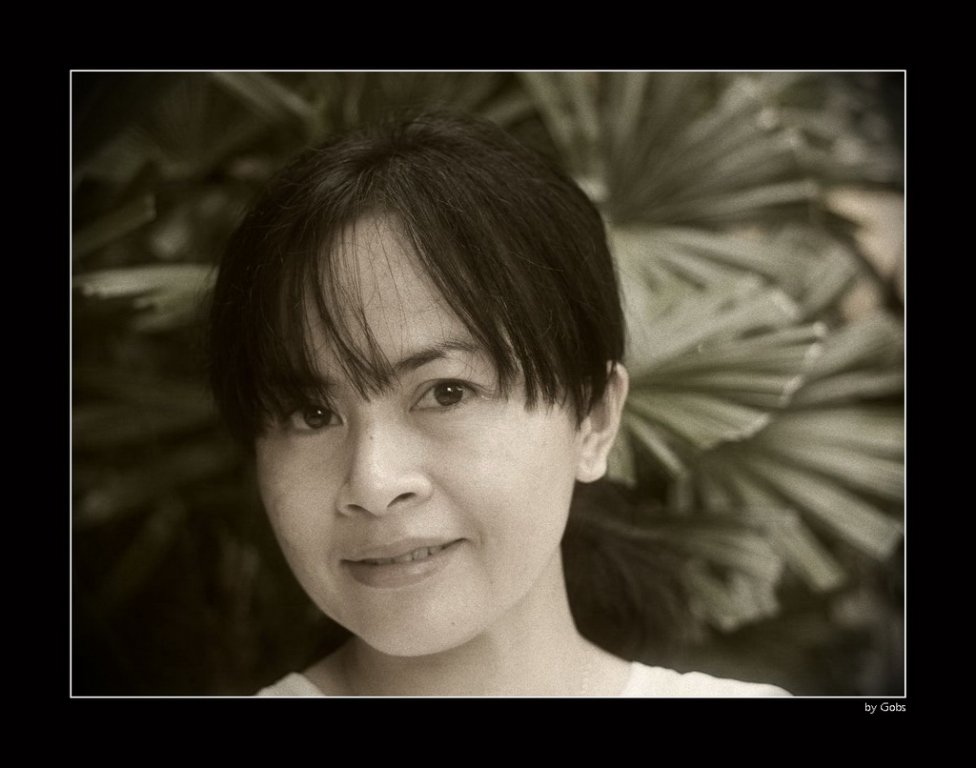
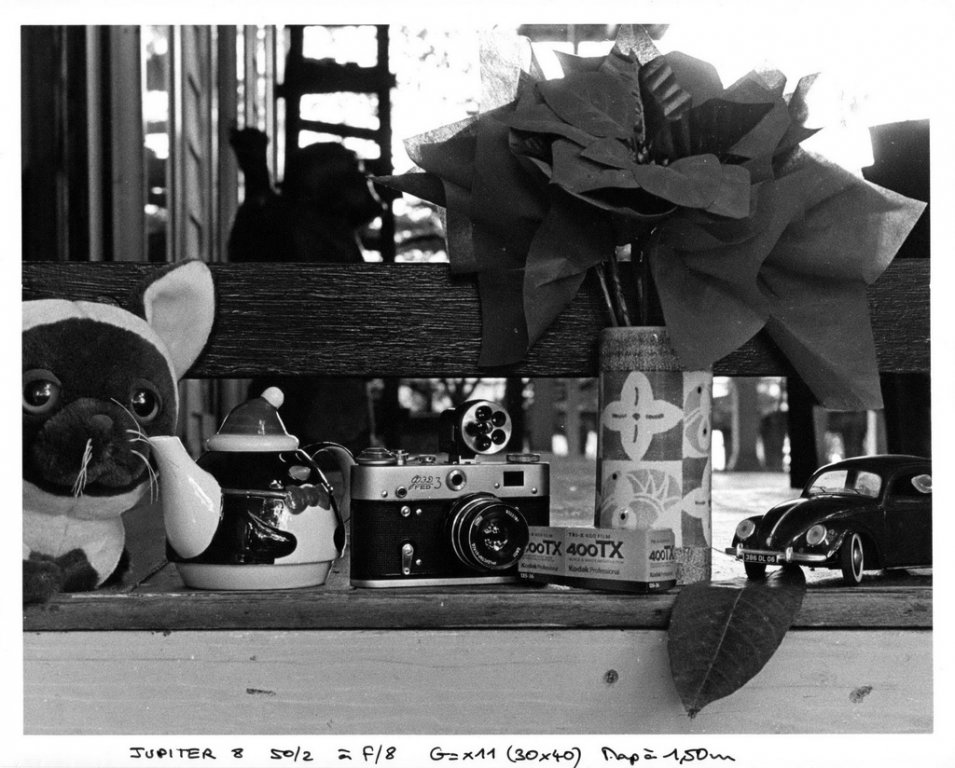
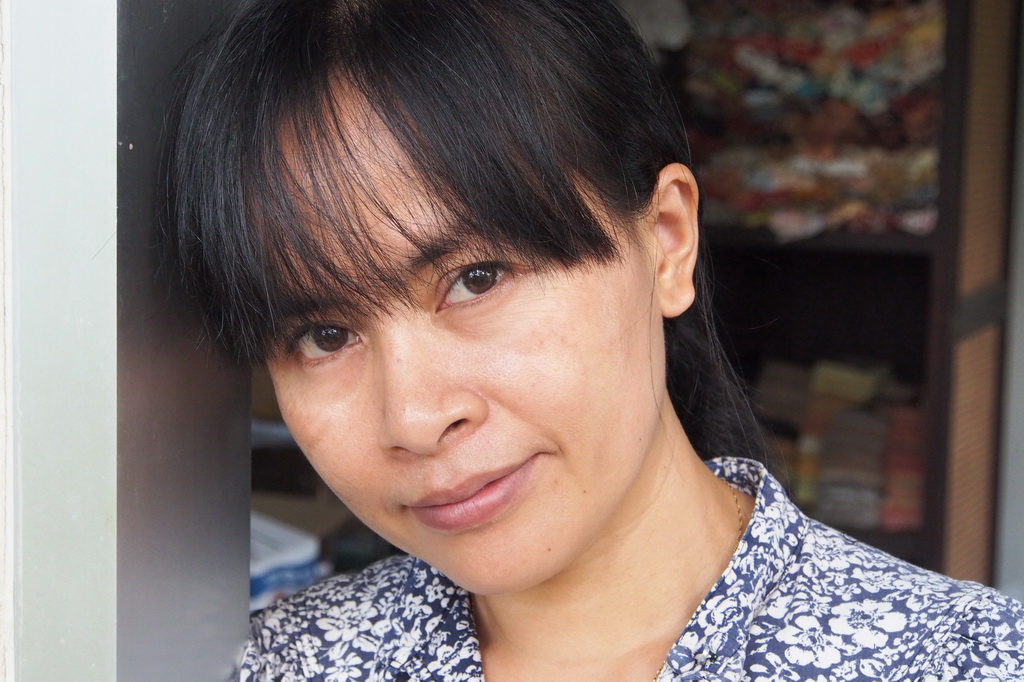
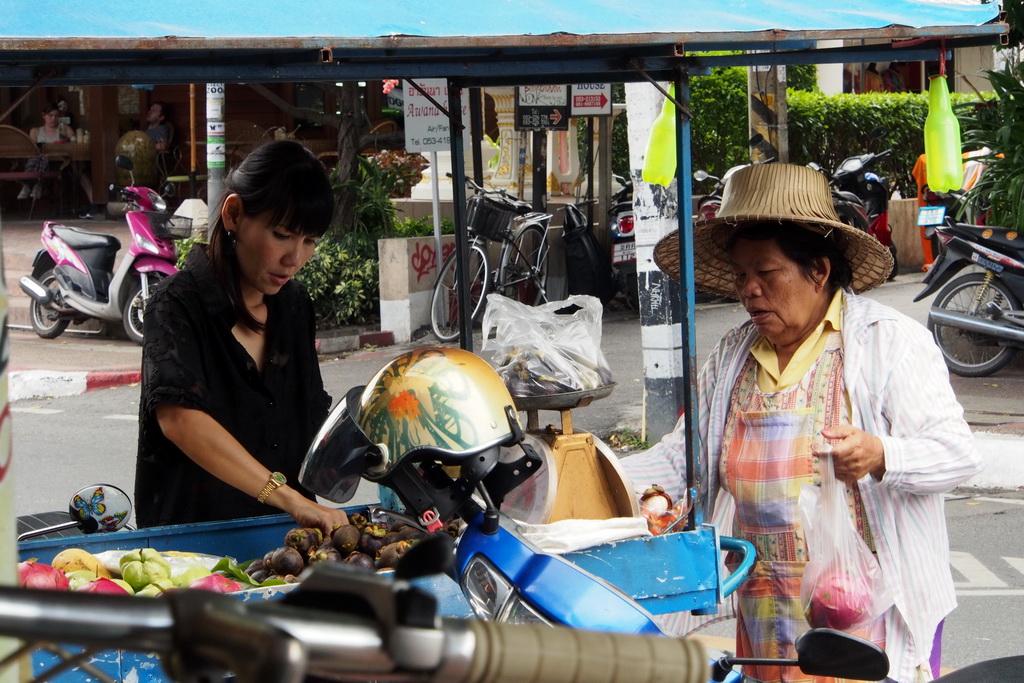
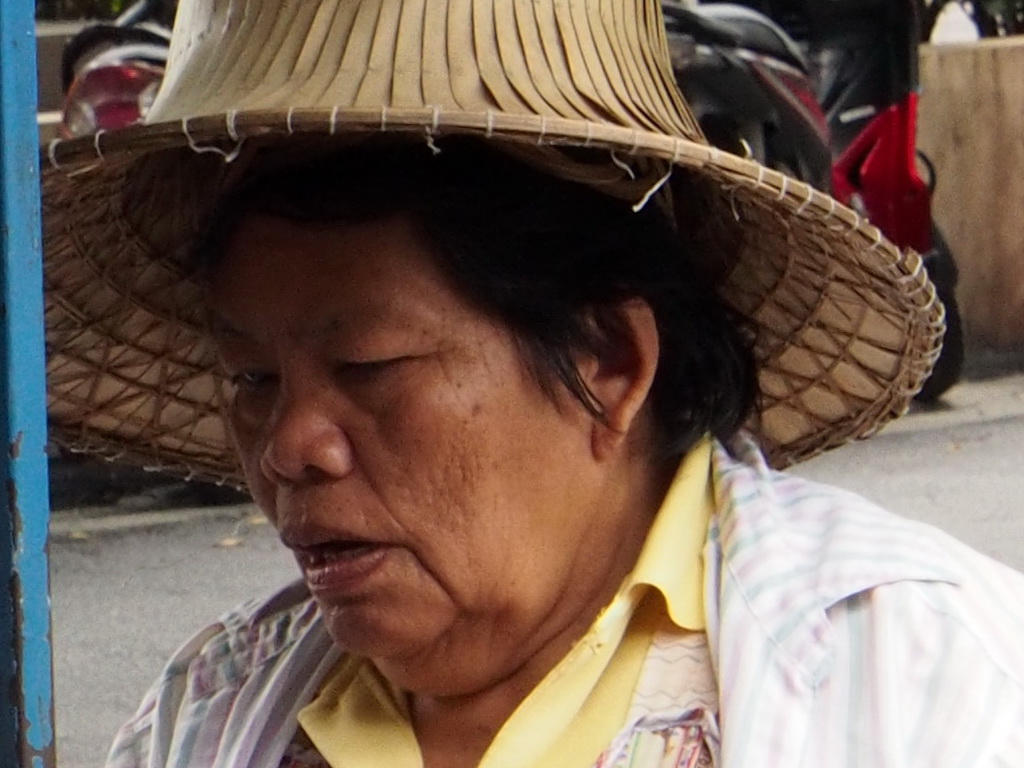
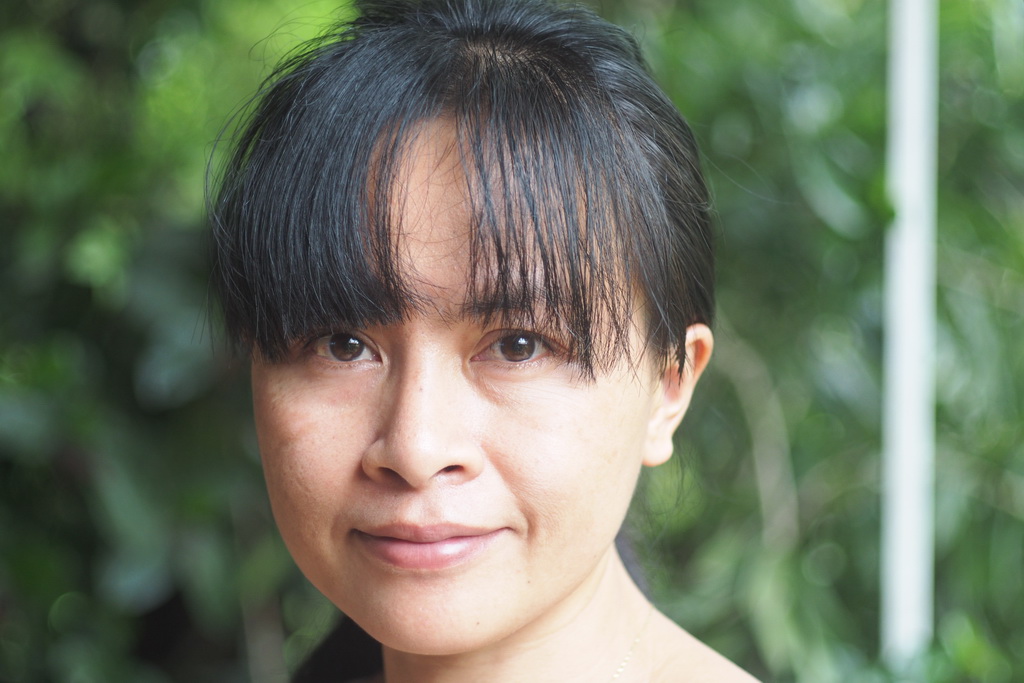

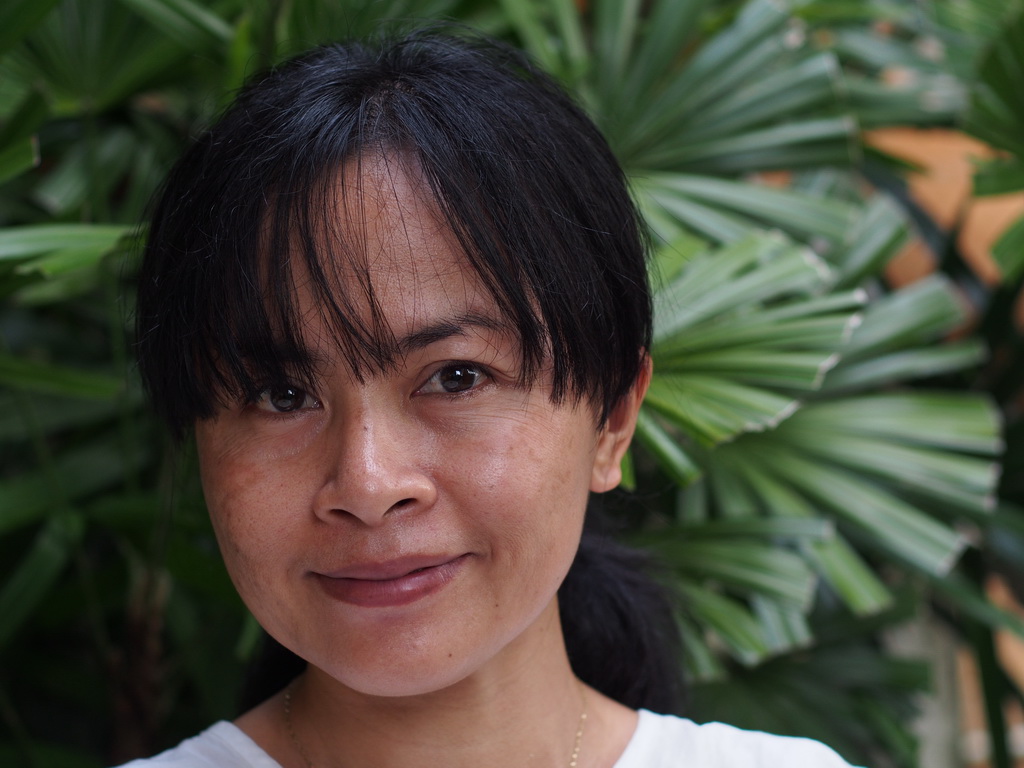
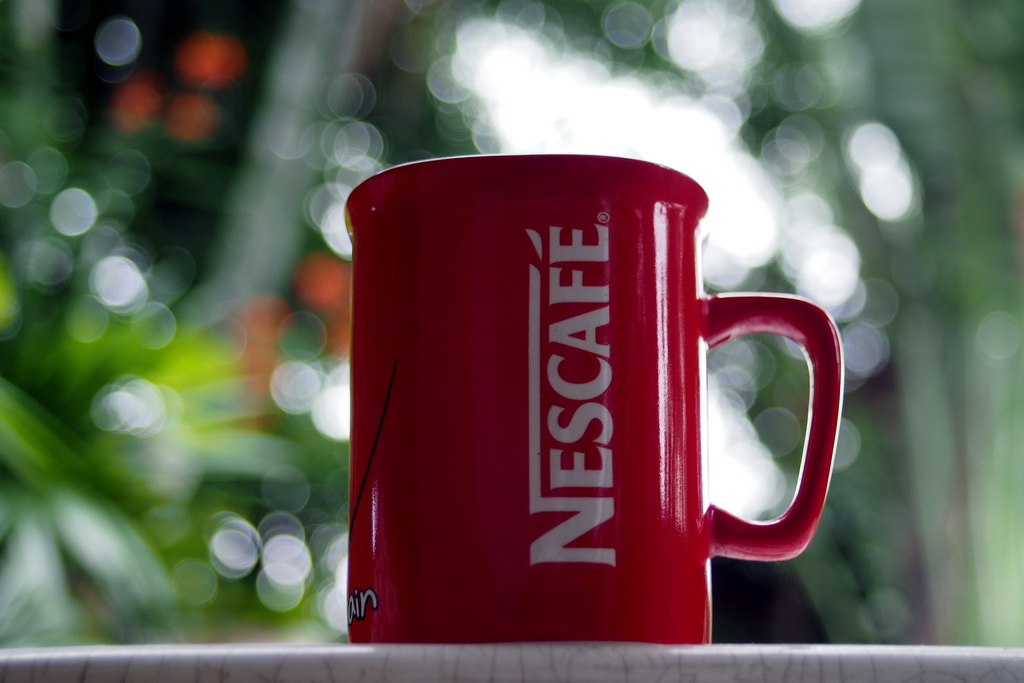
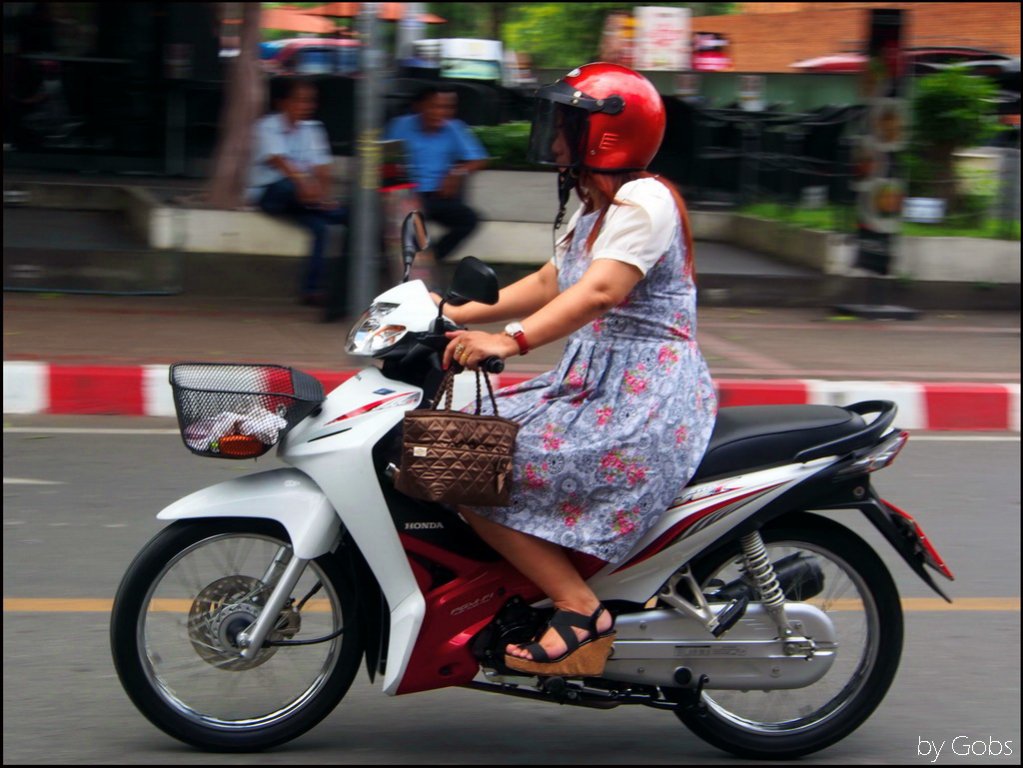
Traditional Street Photography
in Photography and the Arts
Posted
Racing...